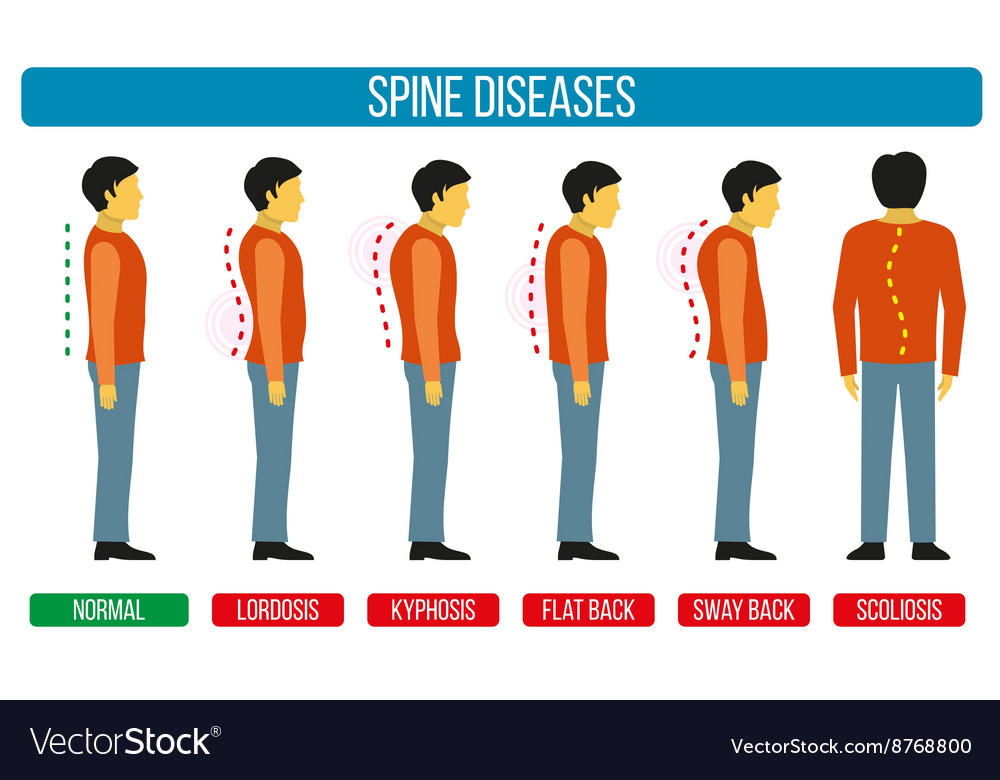A Beginner'S Guide To Comprehending Cervical Spine Makeup And Its Influence On Neck Discomfort
A Beginner'S Guide To Comprehending Cervical Spine Makeup And Its Influence On Neck Discomfort
Blog Article
Produced By-Ellis McKinnon
As you rest there, possibly feeling a twinge of pain in your neck, have you ever before thought the elaborate frameworks that make up your cervical spine? Understanding how the vertebrae, discs, and nerves interact in this area can shed light on why neck pain can be so relentless and incapacitating. By exploring the foundations of cervical spinal column composition and its implications for neck discomfort, you may uncover understandings that might help you better take care of or perhaps avoid those unpleasant pains and tightness.
Significance of Cervical Spinal Column Anatomy
Comprehending the value of cervical spine anatomy is critical in comprehending the complexities of neck discomfort. The cervical spine, composed of 7 vertebrae, plays an important role in supporting the head's weight and assisting in motion. It houses the spinal cord, which transfers messages between the mind and the rest of the body. Furthermore, the cervical back shields these fragile nerves and gives architectural security to the neck region.
In addition, the cervical back allows for a large range of movement, enabling you to transform your head, turn it laterally, and nod backwards and forwards. Each vertebra has particular features and features that contribute to the general versatility and security of the neck. Recognizing the anatomy of the cervical back can assist you comprehend how injuries or degenerative problems in this region can result in neck pain and related signs and symptoms.
Elements of the Cervical Back
When exploring the elements of the cervical spinal column, it ends up being noticeable that its structure includes 7 vertebrae, classified C1 to C7, stacked on top of each other. These vertebrae are critical as they give assistance to the head and allow for a vast array of movement in the neck.
The topmost vertebra, C1, additionally called the atlas, supports the head and allows the sleeping motion of the head. Straight beneath C1 is the C2 vertebra, called the axis, which enables the turning of the head back and forth.
Relocating down the cervical spinal column, each vertebra plays an important role in keeping the spinal column's adaptability and stability. In between each vertebra are intervertebral discs that act as paddings, taking in shock and avoiding the vertebrae from massaging against each other.
Recognizing the parts of the cervical spinal column is essential in comprehending exactly how the spinal column features and its prospective impact on neck pain.
Partnership In Between Spinal Column and Neck Pain
The link in between the back and neck discomfort is an essential element of understanding bone and joint pain. https://www.dynamicchiropractic.com/mpacms/dc/press_release.php?t=&id=1850&all=true , specifically the cervical area, plays a considerable role in sustaining your head and permitting different movements. When there's a problem in the back, such as a herniated disc or misalignment, it can straight affect the surrounding tissues and nerves, resulting in neck discomfort. Poor stance, injuries, and degenerative problems can all contribute to spine-related neck discomfort.
It's necessary to acknowledge that the back and neck function as a cohesive device. Any type of irregularities or discrepancies in the spine can create pressure on the neck muscular tissues and ligaments, resulting in discomfort and stiffness.
Final thought
Now that you have a basic understanding of cervical spinal column anatomy and its connection to neck discomfort, you can much better appreciate the intricacies of your very own neck pain. Remember, institute for chiropractic care of your cervical back plays an essential function in sustaining your head and facilitating activity, so it is necessary to care for it via proper posture, workout, and routine exams with a health care specialist. Keep educated and proactive about your back health and wellness to avoid and handle neck discomfort efficiently.
